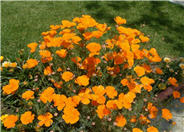
Common name:California Poppy, Golden Poppy
Botanical name:Eschscholzia californica
This small annual (sometimes acts as a perennial) plant will grow to less than 1' tall and has light, small blue green leaves with gold and orange flowers that bloom in spring and summer.
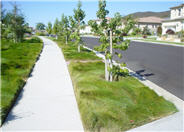
Common name:Creeping Red Fescue
Botanical name:Festuca rubra
Creeping Red Fescue is not red but dark green. It is a great ground cover kept at longer lengths for banks. It is very shade tolerant and lush looking.
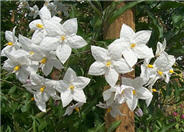
Common name:Potato Vine
Botanical name:Solanum laxum
This twisting vine will grow 25' in length and has deciduous, glossy green leaves with blue and white flowers that are in constant bloom.
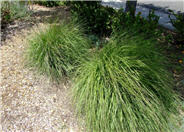
Common name:Giant Feather Grass
Botanical name:Stipa gigantea
This grass will grow 2'-3' tall and 2'-3' wide. It has narrow, dark green leaves with golden flowers that bloom in the summer. Tall grasses are highly combustible.
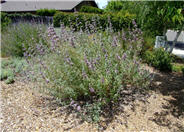
Common name:Cleveland Sage
Botanical name:Salvia clevelandii
The Cleveland Sage is a perennial shrub that grows 4' tall and wide. It has fragrant gray foliage and blue flowers that bloom between May and August. This shrub needs full sun and prefers well drained soil. The Cleveland Sage is native to California and is drought tolerant.
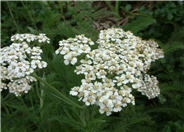
Common name:Yarrow
Botanical name:Achillea millefolium
This Achillea features spreading mats of fern-like rosettes, along with deeply divided leaves of a green or gray green color. In this form, the flowers are usually a white tone. Stems can reach 2'-3' above foliage. Yarrows propagate easily from rooted cuttings or division, which should be performed in the early spring or fall. Following bloom, one should dead head the plant and divide the clumps when it appears crowded.
| Designer: | Backyard Sanctuary |
Photographer: GardenSoft |
Soils and Compost:
Incorporate compost 6" into your soil to retain water, reduce compaction, feed earthworms, and provide valuable nutrients to your plants.
Water Saving Tip:
Mulching around plants helps retain water and improves the soil.
Integrated Pest Management:
Remove irrigation water and fertilizer from areas where you don't want weeds to grow.

